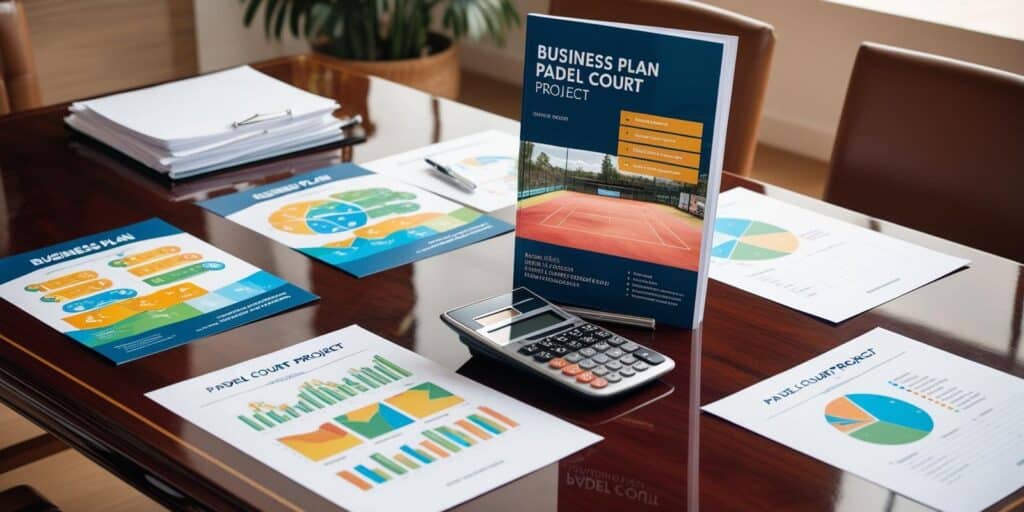How to set up a Business Plan for Padel?
Padel is experiencing the best moment in its history. While the number of followers of this sport does not stop growing in Spain, more and more entrepreneurs decide to invest in the construction of Padel Centers to rent them by the hour. A business that is already yielding great returns and whose growth expectations are even more interesting. A Business Plan for Padel will help putting this together.
According to a study carried out by Deloitte, Padel has experienced historic growth in the last 5 years despite the pandemic. The number of registered clubs worldwide has increased by 181%, and the creation of new Padel Courts in Europe has tripled since 2016, reaching 27,000 units.This growth responds to an unprecedented increase in demand, which has NOT slowed down during the pandemic.
Especially in Spain, which led the ranking of Padel Courts and clubs in 2021 with around 16000 Padel Courts. Figures that already exceed those of tennis, and that make this sport a most profitable business in the future, when it is expected that the demand continues to grow. In this context, setting up Padel Courts has become a more than interesting option for entrepreneurs who are thinking of setting up a project related to the world of sports.
Renting Padel Courts?
The business of Padel Courts is found, mainly, in renting them by hour. The average price of this service in Spain is around 12-15 Euros per hour. If your Padel Courts were rented uninterruptedly between 10 am and 10 pm, the daily revenue would amount to 144 – 180 euros per court. Which is 576 – 720 euros in total, if you have 4 Padel Courts. This is if you have 100% occupancy, but the reality is you better start your business plan with an occupancy rate of 40 – 45 % in the first year and you can increase it the second year, etc.
- If your price is between 28 – 32 Euros per hour the daily revenue at 100% occupancy is 336 – 384 Euros per court. For 4 courts would be 1.344 – 1.536 Euros x 360 days = 483840 – 552960 Euros per year.
- the daily revenue at 40 % occupancy is 135 – 154 Euros per court per day. for 4 courts would 540 – 615 Euros per day x 360 days = 194400 – 221400 Euros per year.
- the daily revenue at 50 % occupancy is 168 – 192 Euros per court per day. for 4 courts would 672 – 768 Euros per day x 360 days = 242000 – 276500 Euros per year.
If you need a template as an Excel-File for an easy calculation of your income, have a look at the post listing all the income sources. This can help you putting together different scenarios for your business case.
In addition, using a loyalty system is a good formula to guarantee your income. For example, giving away one hour for every 10 reservations or establishing a monthly fee in exchange for 1 or 2 hours a week at cheaper prices are formulas that you could apply in your business.
Complementary services
Another key to succeed is the offer of complementary services. Deloitte report confirms how 57% of amateur padel players consume a drink or soft drink after their training, so opening a cafeteria on the premises is almost mandatory. Also, you could think of opening a small store where clothes, shoes, rackets and other accessories are sold that any padel player may need at any given time and that could generate an additional source of income for your business.
If you need to explore in detail, please feel free to check out more income sources:










